“Top Dog Breeds for Service: A Comprehensive Guide”
** Introduction **
Choosing the right service dog is a life-changing decision that goes far beyond simply choosing a pet. Service dogs are specially trained to perform tasks that assist individuals with disabilities, providing both independence and companionship. The best dog breeds for service dogs are selected based on their temperament, trainability, and physical characteristics.
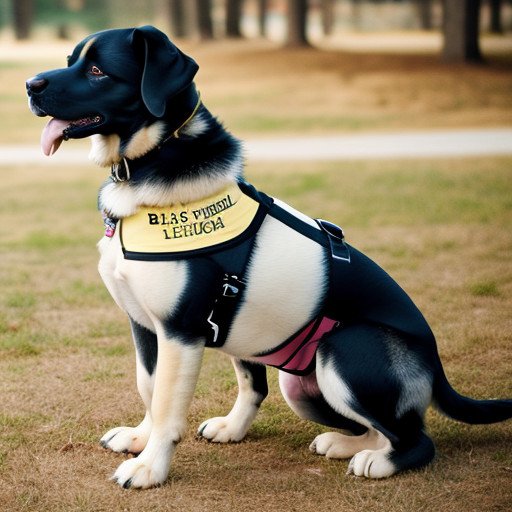
Table of Contents
Imagine a loyal companion who can help you deal with daily challenges, whether it’s opening doors, alerting you to sounds, or providing emotional support during stressful times. Some breeds excel in these roles because of their unique characteristics. For example, Labrador Retrievers are known for their friendly and eager-to-please temperament, Making them ideal for a variety of service tasks. Similarly, Golden Retrievers and German Shepherds are praised for their intelligence and dedication.
In this guide, we’ll explore the top dog breeds that are renowned for their service abilities. From the gentle Poodle to the sturdy Bernese Mountain Dog, each breed brings something special to the table. Whether you’re looking for a service dog for mobility assistance, medical alerts or emotional support, understanding the strengths of these breeds can help you make an informed decision. Dive in to find out which of the best dog breeds for service dogs might be a good fit for you.
Qualities of an Ideal Service Dog ;
Choosing the best dog breeds for service dogs involves understanding the unique qualities that make a dog suitable for service. Here are the key characteristics:

1. Temperament :
An ideal service dog should have a calm and steady temperament. They need to remain composed in a variety of situations, from crowded public places to quiet homes. Friendly and non-aggressive behavior is essential, as they will interact with a variety of people and environments.
2. Trainability :
Service dogs must be highly trainable. Breeds that can quickly learn and perform complex tasks, follow commands reliably, and adapt to new skills as needed are important. Their ability to respond efficiently to training ensures that they can support their handlers effectively.
3. Physical Characteristics :
Physical suitability is important for service dogs. Depending on the tasks they perform, some breeds are better suited because of their size, strength or agility. For example, larger breeds may be necessary for mobility assistance, while smaller breeds may be ideal for medical alert tasks.
4. Health and Longevity :
Healthy dogs with long lives make the best service companions. They must be strong and free from genetic disorders to ensure that they can serve their handlers for many years without persistent health problems.
By focusing on these qualities, you can identify the best dog breeds for service dogs that will provide invaluable support and companionship.
Top 21 Dog Breeds for Service Dogs
1. German Shepherd :
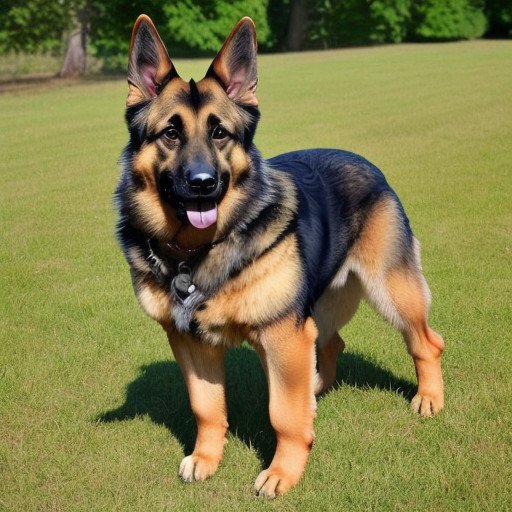
- Height: Male 24-26 inches, Female 22-24 inches
- Weight: Male 65-90 lbs, Female 50-70 lbs
- Color: Black and tan, sable, black, bi-color
- Temperament: Loyal, courageous, and versatile
- Unique Characteristics: Highly trainable, protective instincts
- Description: German Shepherds are medium to large-sized dogs known for their intelligence and loyalty.
- Common Uses: They are widely used as police and military dogs, search and rescue dogs, and as loyal family companions due to their versatility and protective instincts.
2. Poodle (Standard) :
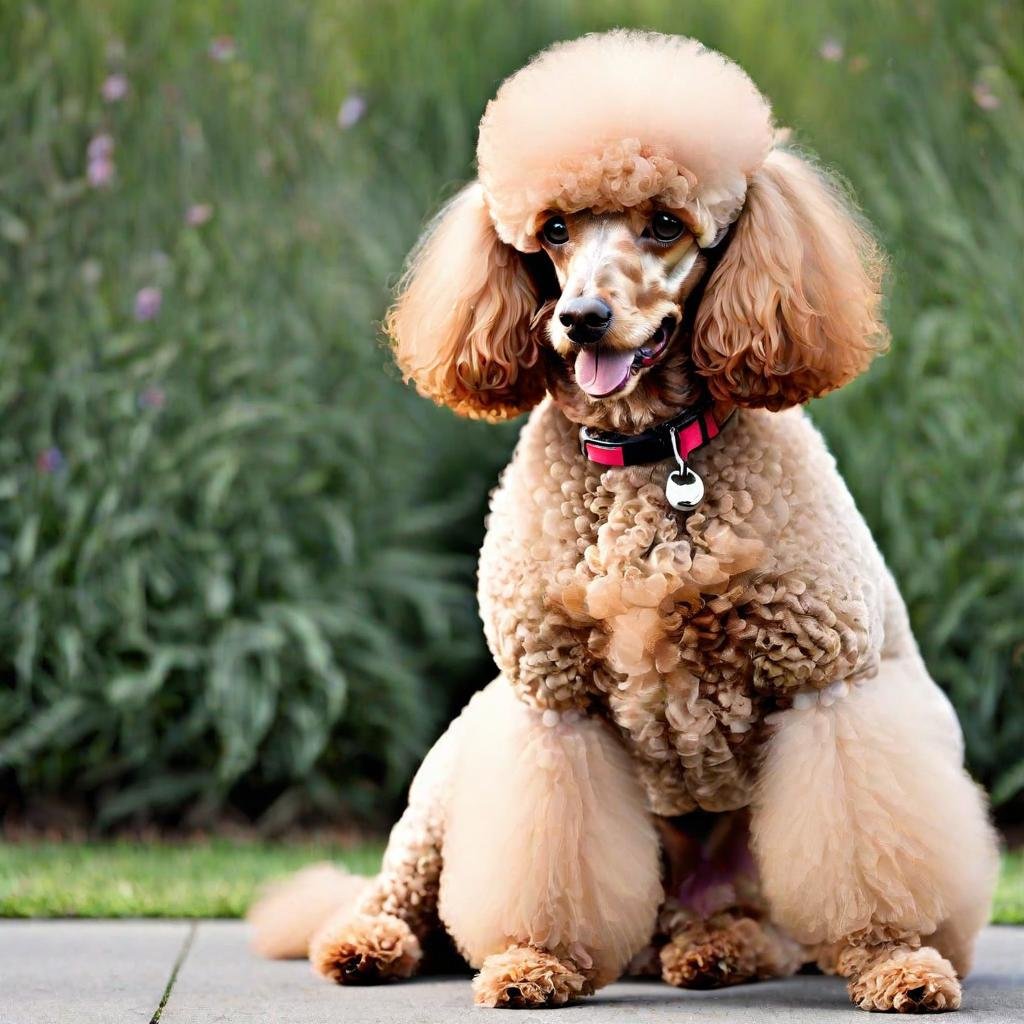
- Height: Male 22-27 inches, Female 21-25 inches
- Weight: Male 60-70 lbs, Female 40-50 lbs
- Color: Various solid colors (black, white, brown, apricot)
- Temperament: Intelligent, active, and hypoallergenic
- Unique Characteristics: Curly, non-shedding coat, trainable
- Description: Standard Poodles are elegant and intelligent dogs known for their distinctive curly coat and lively personality.
- Common Uses: They are highly versatile and excel in various roles including obedience competitions, therapy work, and as loyal companions due to their intelligence and hypoallergenic coat.
3. Border Collie :
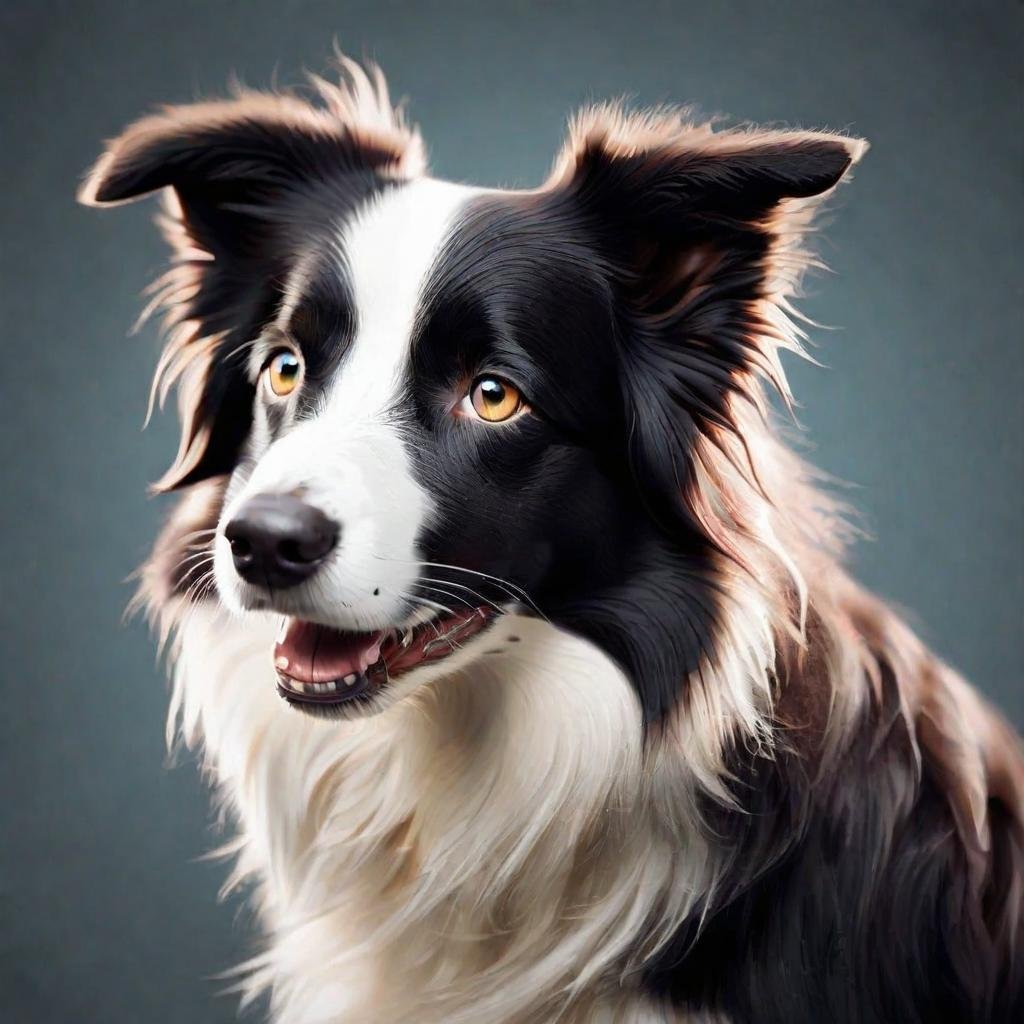
- Height: Male 19-22 inches, Female 18-21 inches
- Weight: Male 30-45 lbs, Female 27-42 lbs
- Color: Variety including black, white, blue merle, red, and sable
- Temperament: Highly intelligent, energetic, and eager to work
- Unique Characteristics: Exceptional herding instincts, highly trainable
- Description: Border Collies are medium-sized working dogs known for their agility and intelligence.
- Common Uses: They excel in herding livestock, but also make excellent companions for active individuals or families due to their intelligence and trainability.
4. Boxer :
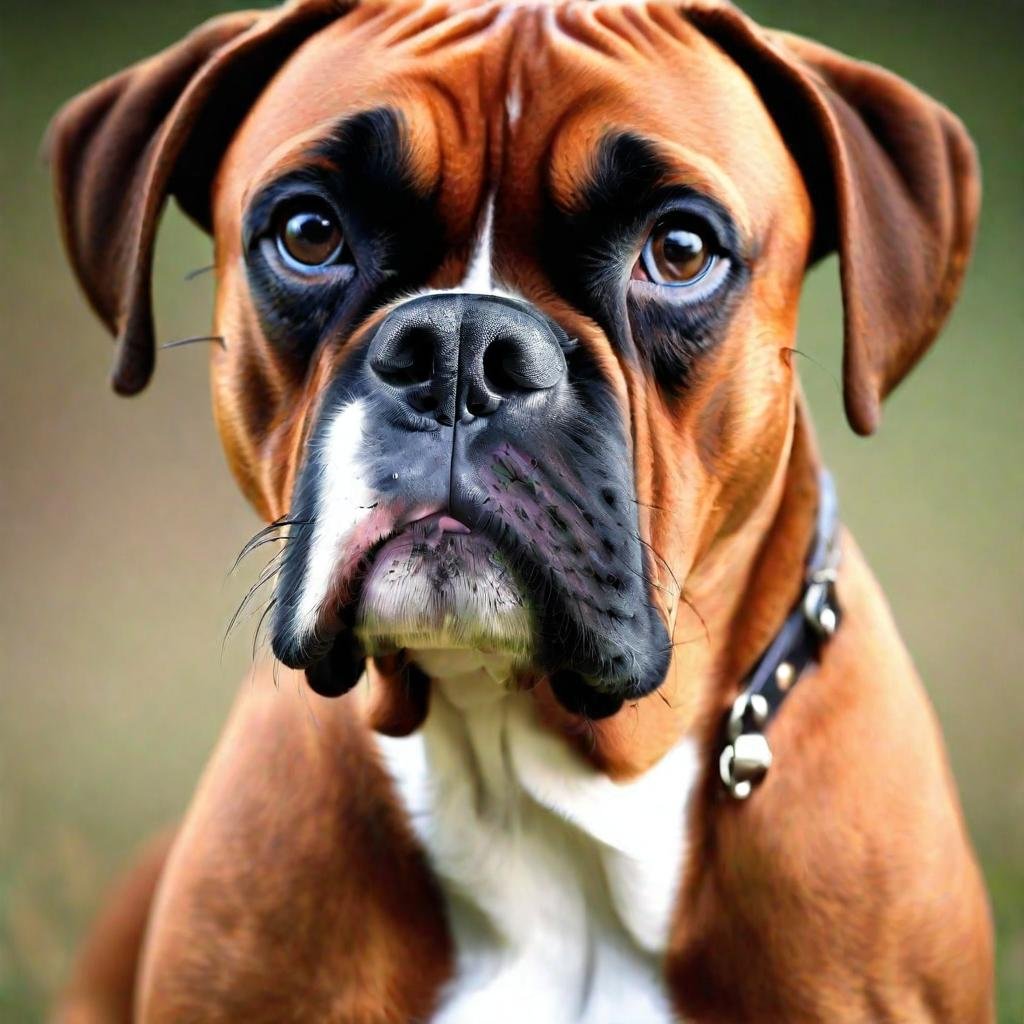
- Height: Male 23-25 inches, Female 21.5-23.5 inches
- Weight: Male 65-80 lbs, Female 50-65 lbs
- Color: Fawn or brindle with white markings
- Temperament: Energetic, loyal, and playful
- Unique Characteristics: Strong and muscular build, affectionate with family
- Description: Boxers are medium-sized dogs known for their playful and friendly nature.
- Common Uses: They are versatile and can be trained for various tasks including therapy work, obedience competitions, and as loyal family companions.
5. Great Dane :
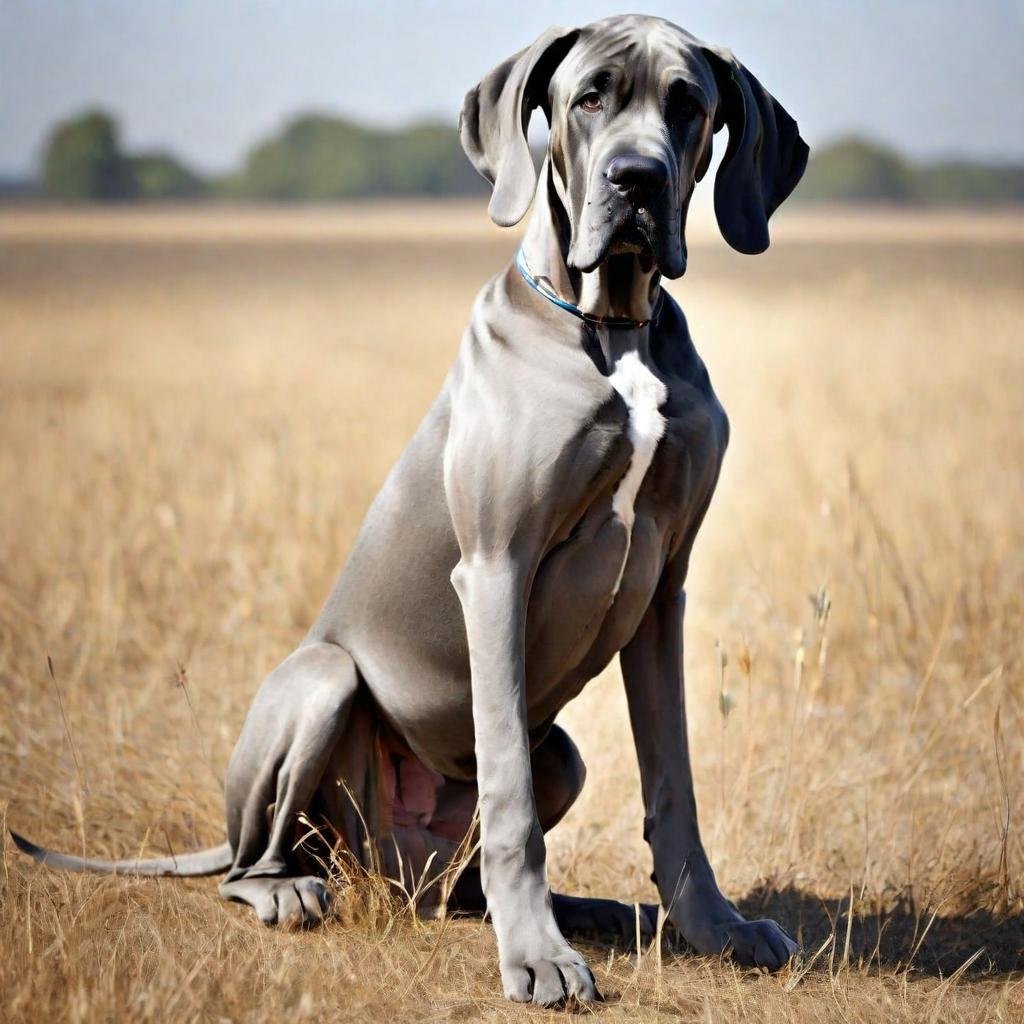
- Height: Male 30-34 inches, Female 28-32 inches
- Weight: Male 140-175 lbs, Female 110-140 lbs
- Color: Variety including fawn, brindle, blue, black, harlequin
- Temperament: Gentle giants, calm, and patient
- Unique Characteristics: Towering size, gentle disposition
- Description: Great Danes are one of the largest dog breeds, known for their imposing stature and gentle demeanor.
- Common Uses: They are commonly kept as family pets due to their calm and affectionate nature, and they can also be trained for therapy work and as service dogs for mobility assistance.
6. Bernese Mountain Dog :
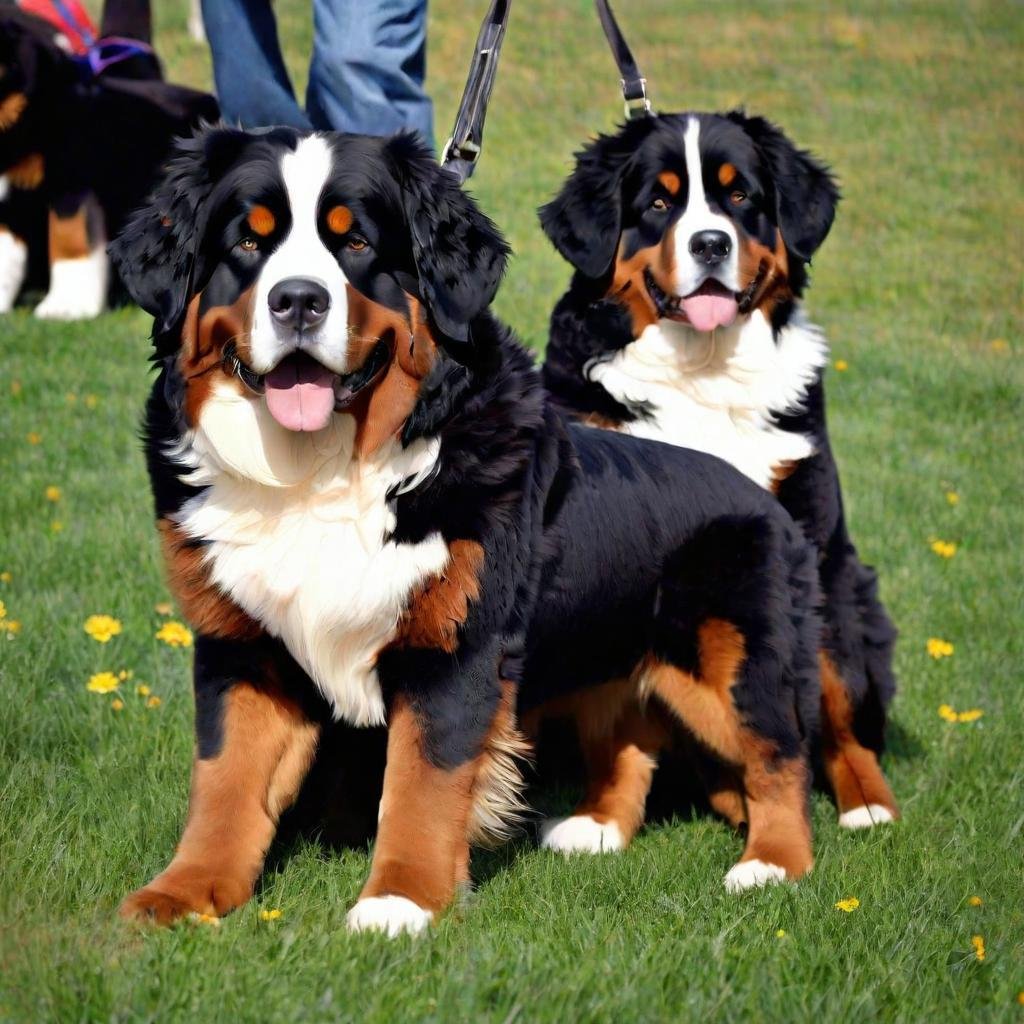
- Height: Male 25-27.5 inches, Female 23-26 inches
- Weight: Male 80-115 lbs, Female 70-95 lbs
- Color: Tri-colored (black, rust, and white)
- Temperament: Calm, strong, and affectionate
- Unique Characteristics: Thick double coat, distinctive tri-color markings
- Description: Bernese Mountain Dogs are large, sturdy working dogs known for their gentle and friendly nature.
- Common Uses: They excel in tasks such as carting, herding, and as family pets due to their loyal and affectionate temperament.
7. Collie :
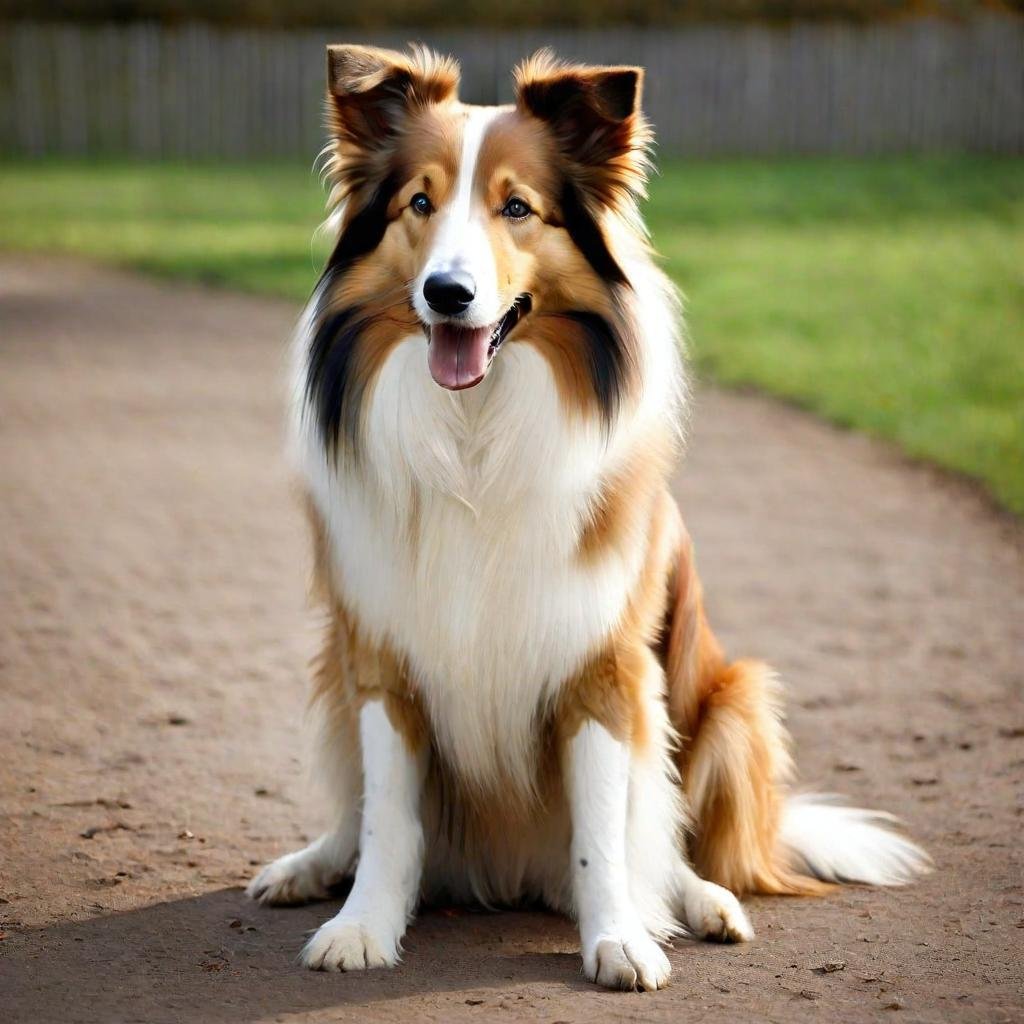
- Height: Male 24-26 inches, Female 22-24 inches
- Weight: Male 60-75 lbs, Female 50-65 lbs
- Color: Various including sable and white, tricolor, blue merle, and white
- Temperament: Intelligent, loyal, and gentle
- Unique Characteristics: Long, flowing coat, and expressive eyes
- Description: Collies are medium to large-sized dogs known for their grace and intelligence, made famous by the fictional character Lassie.
- Common Uses: They excel in herding livestock, but are also valued as therapy dogs, family pets, and for their appearance in dog shows.
8. Cavalier King Charles Spaniel :
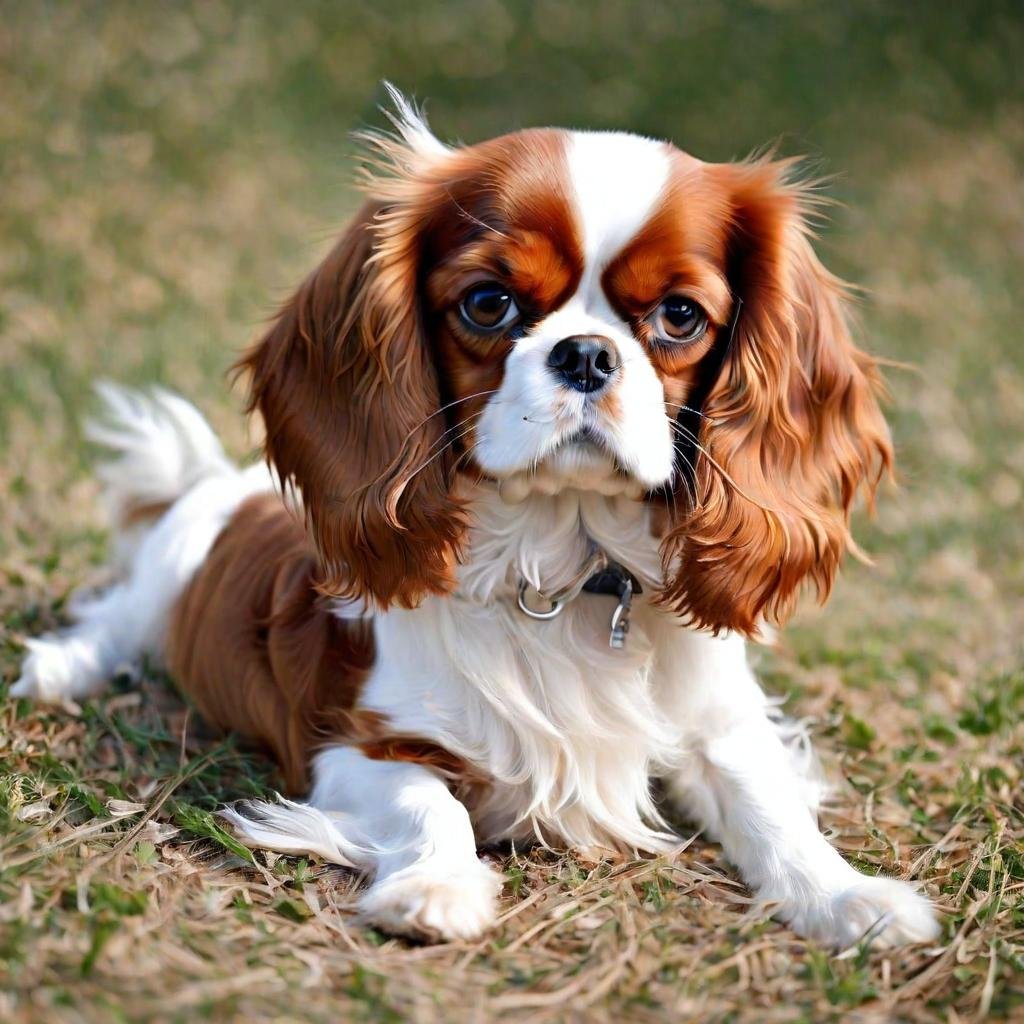
- Height: Male and Female 12-13 inches
- Weight: Male and Female 13-18 lbs
- Color: Various including black and tan, tricolor, ruby, and blenheim (chestnut and white)
- Temperament: Affectionate, gentle, and friendly
- Unique Characteristics: Sweet expression, silky coat, and feathered ears
- Description: Cavalier King Charles Spaniels are small, charming toy dogs known for their affectionate nature.
- Common Uses: They make excellent companion animals, therapy dogs, and are often used for emotional support due to their loving and friendly demeanor.
9. Doberman Pinscher :

- Height: Male 26-28 inches, Female 24-26 inches
- Weight: Male 75-100 lbs, Female 60-90 lbs
- Color: Black, red, blue, or fawn with rust markings
- Temperament: Alert, loyal, and fearless
- Unique Characteristics: Sleek, muscular build, cropped ears (sometimes), and docked tail (sometimes)
- Description: Doberman Pinschers are medium to large-sized dogs known for their intelligence and loyalty.
- Common Uses: Originally bred for personal protection, they are also used in police and military work, search and rescue operations, and as loving family companions due to their loyalty and protective instincts.
10. Siberian Husky :
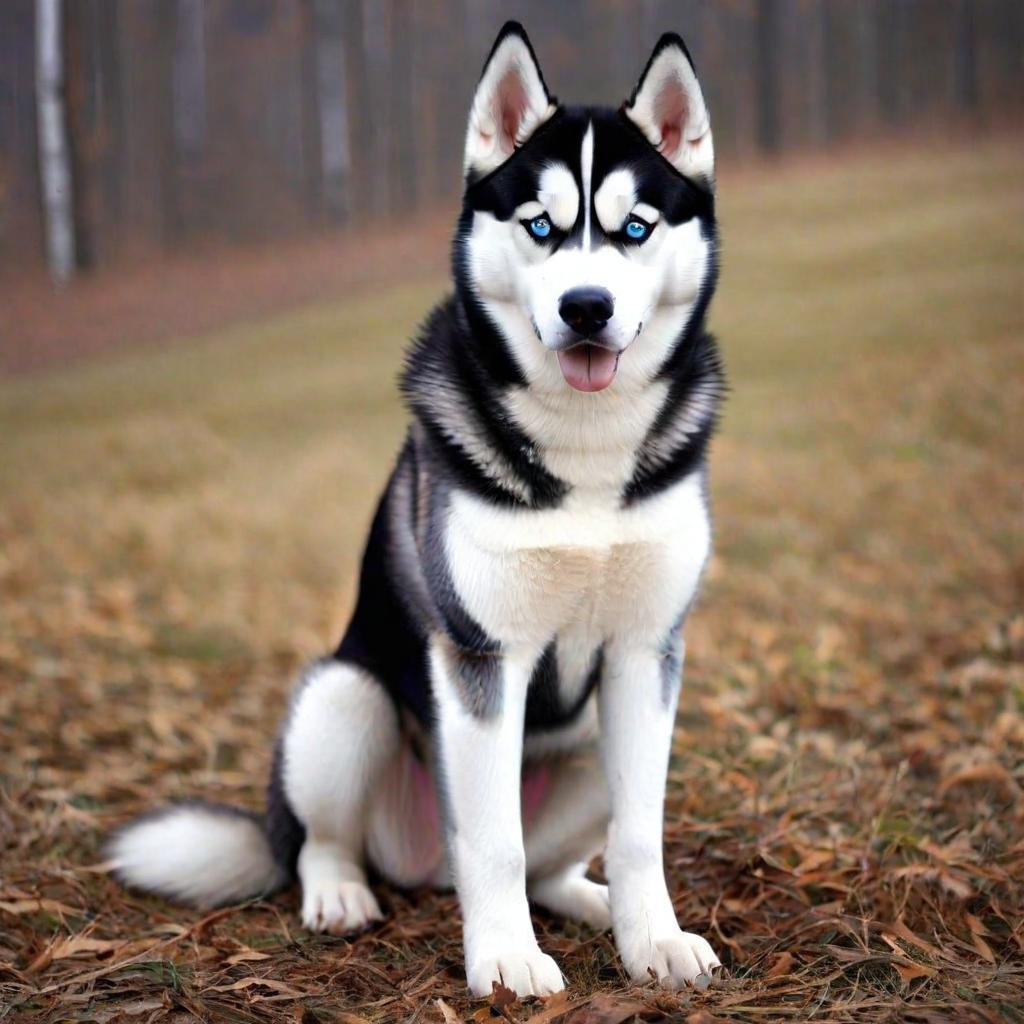
- Height: Male 21-24 inches, Female 20-22 inches
- Weight: Male 45-60 lbs, Female 35-50 lbs
- Color: Various including black, white, gray, red, and sable
- Temperament: Friendly, outgoing, and mischievous
- Unique Characteristics: Thick double coat, striking facial markings, and often have blue or multicolored eyes
- Description: Siberian Huskies are medium-sized working dogs known for their endurance and friendly disposition.
- Common Uses: Originally bred as sled dogs, they are also valued as family pets, therapy dogs, and for their striking appearance in dog sledding competitions.
11. Labrador Retriever :
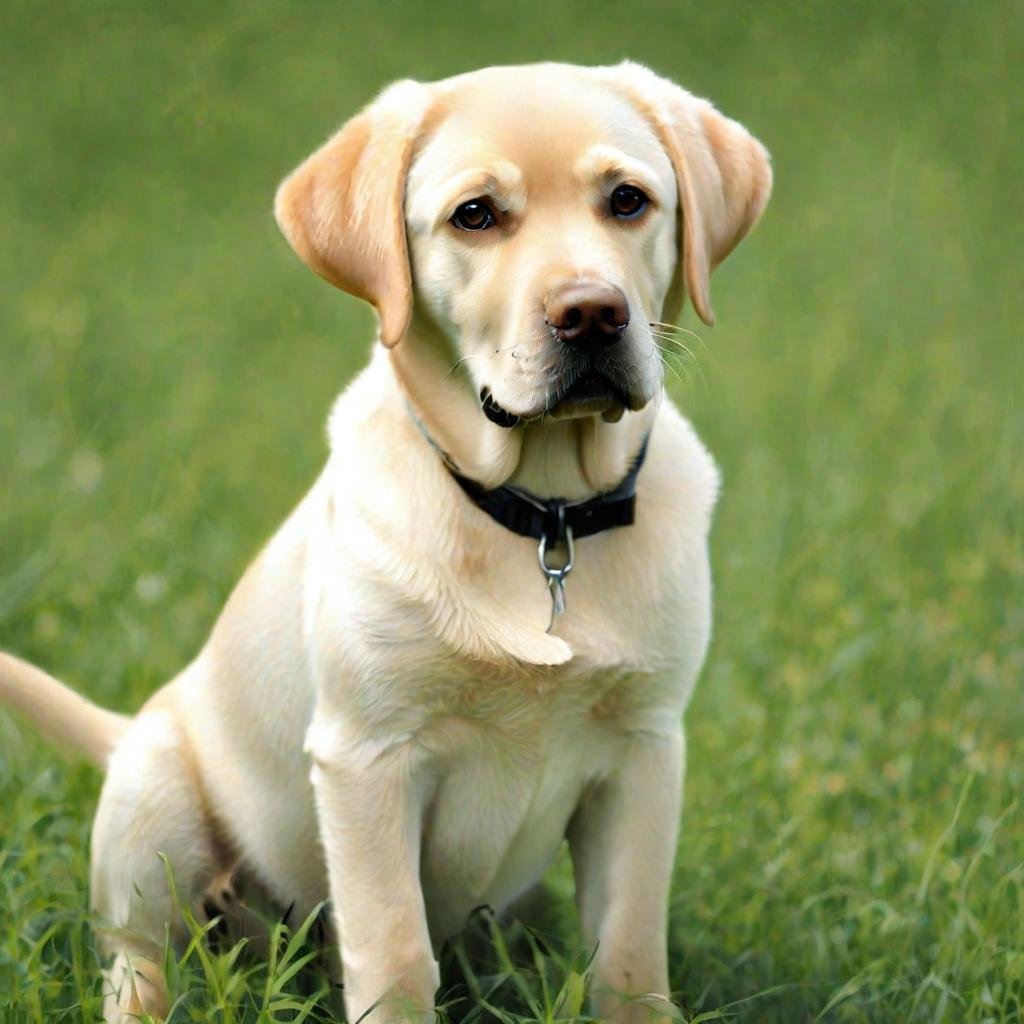
- Height: Male 22.5-24.5 inches, Female 21.5-23.5 inches
- Weight: Male 65-80 lbs, Female 55-70 lbs
- Color: Black, chocolate, or yellow
- Temperament: Friendly, outgoing, and gentle
- Unique Characteristics: Water-resistant double coat, otter-like tail, and webbed feet
- Description: Labrador Retrievers are medium to large-sized dogs known for their friendly and trainable nature.
- Common Uses: They are widely used as guide dogs, assistance dogs, search and rescue dogs, and beloved family pets due to their intelligence and versatility.
12. Golden Retriever :

- Height: Male 23-24 inches, Female 21.5-22.5 inches
- Weight: Male 65-75 lbs, Female 55-65 lbs
- Color: Various shades of gold or cream
- Temperament: Friendly, intelligent, and loyal
- Unique Characteristics: Dense water-repellent coat, friendly and gentle expression
- Description: Golden Retrievers are medium to large-sized dogs known for their friendly and outgoing nature.
- Common Uses: They excel as guide dogs, therapy dogs, search and rescue dogs, and beloved family pets due to their intelligence and gentle temperament.
13. Papillon :
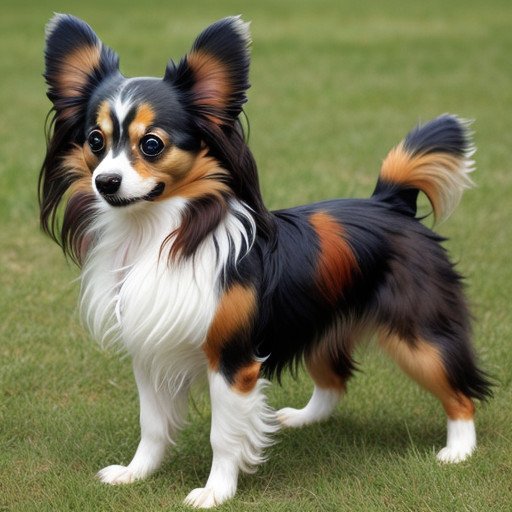
- Height: Male and Female 8-11 inches
- Weight: Male and Female 4-9 lbs
- Color: White with patches of any color (black, red, brown, sable, or tri-color)
- Temperament: Alert, friendly, and energetic
- Unique Characteristics: Distinctive butterfly-like ears, dainty and elegant appearance
- Description: Papillons are small, charming toy dogs known for their lively and playful nature.
- Common Uses: They make excellent companion animals, agility competitors, and therapy dogs due to their small size and outgoing personality.
14. Belgian Malinois :
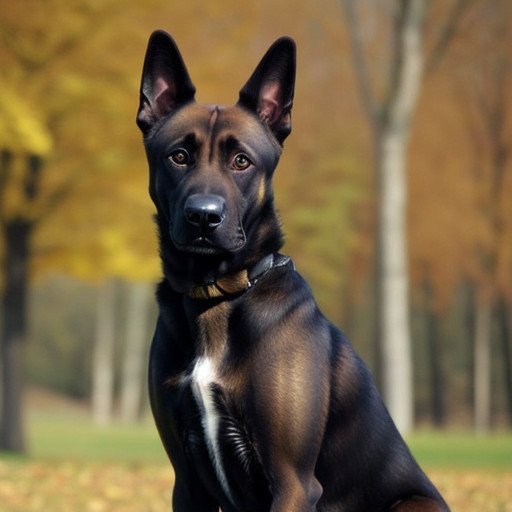
- Height: Male 24-26 inches, Female 22-24 inches
- Weight: Male 60-80 lbs, Female 40-60 lbs
- Color: Fawn to mahogany with black mask and ears
- Temperament: Intelligent, alert, and driven
- Unique Characteristics: Muscular build, short coat, and high energy levels
- Description: Belgian Malinois are medium-sized, highly active dogs known for their intelligence and work ethic.
- Common Uses: They excel in police and military work, search and rescue operations, detection work, and as loyal family companions.
15. Samoyed :
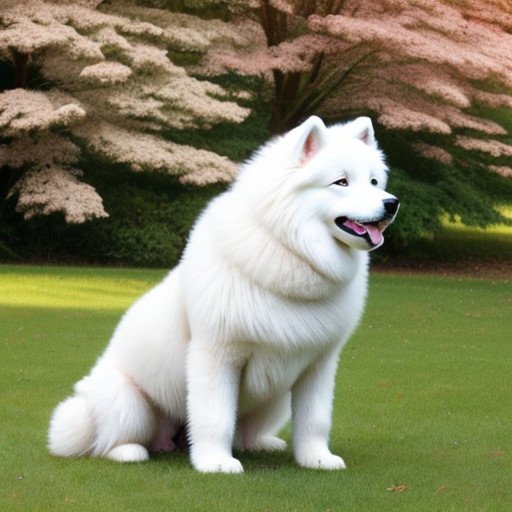
- Height: Male 21-23.5 inches, Female 19-21 inches
- Weight: Male 45-65 lbs, Female 35-50 lbs
- Color: White, sometimes with biscuit or cream markings
- Temperament: Friendly, gentle, and affectionate
- Unique Characteristics: Fluffy, white double coat, perpetual “smile” from upturned mouth corners
- Description: Samoyeds are medium-sized, cheerful dogs with a strong sense of loyalty and companionship.
- Common Uses: Originally bred for herding reindeer and pulling sleds, they are now valued as therapy dogs, family pets, and for their stunning appearance in dog shows.
16. Newfoundland :
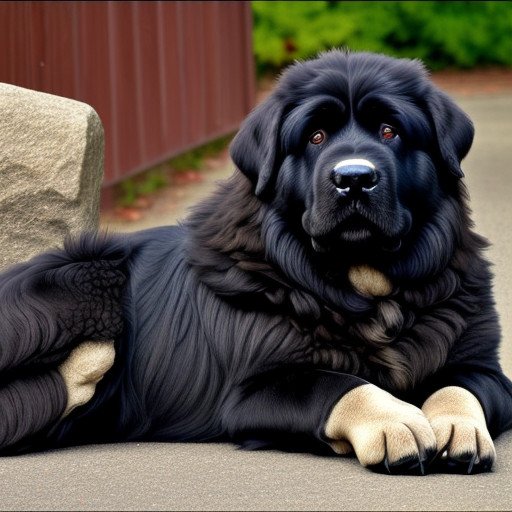
- Height: Male 28 inches and up, Female 26 inches and up
- Weight: Male 130-150 lbs, Female 100-120 lbs
- Color: Black, brown, gray, or Landseer (white with black markings)
- Temperament: Gentle, sweet-natured, and patient
- Unique Characteristics: Thick, water-resistant double coat, webbed feet for swimming
- Description: Newfoundland dogs are large, strong, and known for their calm and gentle demeanor.
- Common Uses: They excel in water rescue, as therapy dogs, and as loving family companions due to their loyalty and gentle nature.
17. Mastiff :
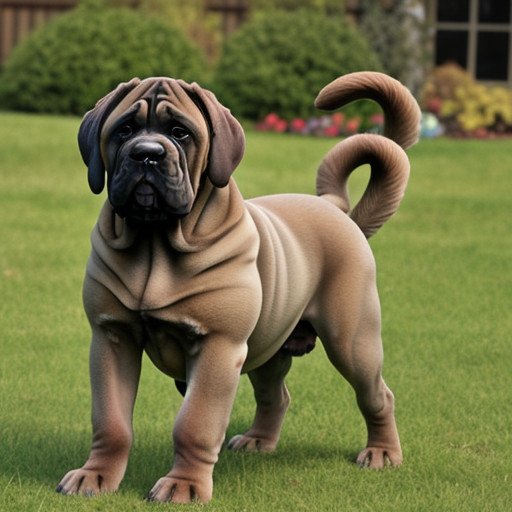
- Height: Male 28-30 inches, Female 27-28 inches
- Weight: Male 160-230 lbs, Female 120-170 lbs
- Color: Various shades including fawn, apricot, and brindle
- Temperament: Calm, dignified, and loyal
- Unique Characteristics: Large, powerful build, and a wrinkled face with a gentle expression
- Description: Mastiffs are massive yet gentle dogs known for their protective nature and affectionate demeanor.
- Common Uses: Historically used as guard dogs and protectors of homes and livestock, they are now valued as loving family pets and therapy dogs.
18. Saint Bernard :
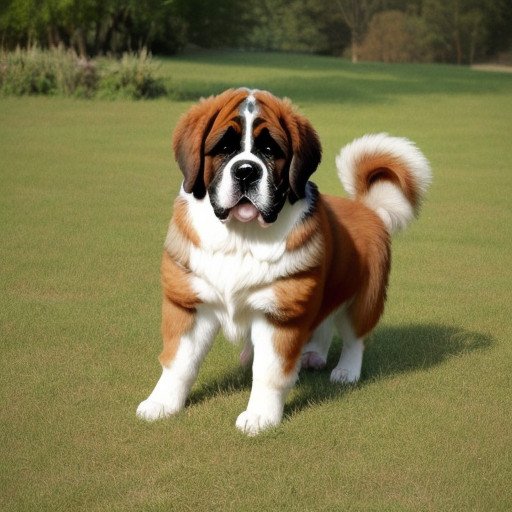
- Height: Male 28-30 inches, Female 26-28 inches
- Weight: Male 140-180 lbs, Female 120-140 lbs
- Color: White with red or mahogany markings, sometimes brindle
- Temperament: Gentle, loyal, and patient
- Unique Characteristics: Large, muscular build, and a thick, fluffy coat
- Description: Saint Bernards are massive yet gentle giants known for their kindness and willingness to help.
- Common Uses: Originally bred as rescue dogs in the Swiss Alps, they excel in search and rescue operations, therapy work, and as family companions.
19. Portuguese Water Dog :
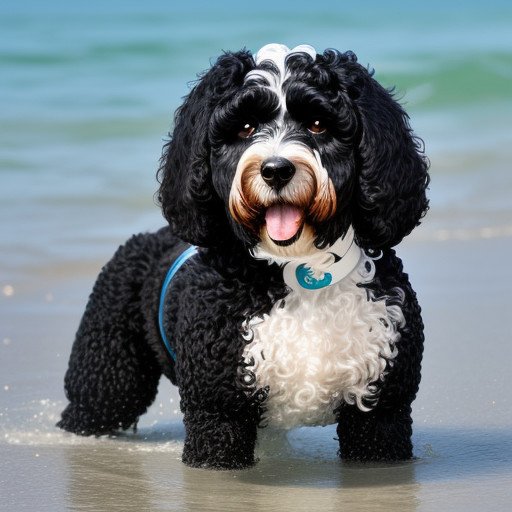
- Height: Male 20-23 inches, Female 17-21 inches
- Weight: Male 42-60 lbs, Female 35-50 lbs
- Color: Black, white, brown, or combinations of these colors
- Temperament: Intelligent, energetic, and affectionate
- Unique Characteristics: Webbed feet for swimming, curly or wavy coat that is hypoallergenic
- Description: Portuguese Water Dogs are medium-sized working dogs with a strong swimming ability and a love for water.
- Common Uses: Originally bred for fishing tasks like retrieving nets and delivering messages between boats, they are also excellent family companions and therapy dogs today.
20. Australian Shepherd :
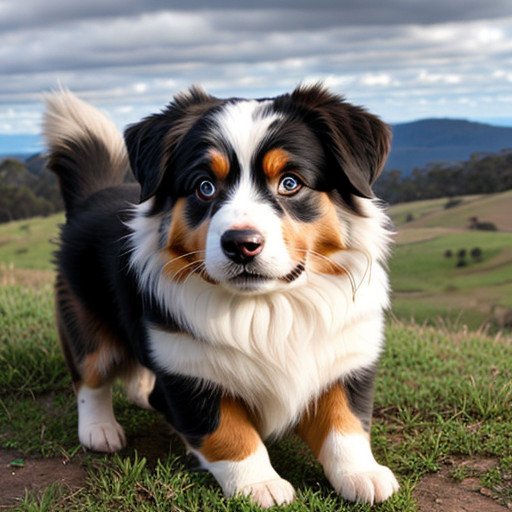
- Height: Male 20-23 inches, Female 18-21 inches
- Weight: Male 50-65 lbs, Female 40-55 lbs
- Color: Variety including black, blue merle, red, and red merle
- Temperament: Intelligent, energetic, and loyal
- Unique Characteristics: Bobbed or docked tail, striking coat patterns, and often have heterochromia (different colored eyes)
- Description: Australian Shepherds are versatile and highly trainable herding dogs known for their agility and intelligence.
- Common Uses: Herding livestock, agility competitions, search and rescue tasks
21. Rottweiler :

- Height: Male 24-27 inches, Female 22-25 inches
- Weight: Male 95-135 lbs, Female 80-100 lbs
- Color: Black with rust or mahogany markings
- Temperament: Confident, loyal, and protective
- Unique Characteristics: Muscular build, distinctive black and tan markings, strong work ethic
- Description: Rottweilers are large, powerful dogs known for their strength and loyalty. Despite their imposing appearance, they are affectionate and devoted to their families.
- Common Uses: Originally bred as herding and guarding dogs, Rottweilers are now commonly used as police and military dogs, search and rescue dogs, and loyal family companions.
Factors to Consider When Choosing a Service Dog Breed :
When selecting the best dog breeds for service dogs, several factors should be considered to ensure the right match for both the individual and the tasks they require assistance with:
Temperament:
The temperament of the breed is important, as service dogs must be calm, obedient, and reliable. Look for breeds known for their friendly and trainable temperament, such as Labrador Retrievers and Golden Retrievers.
Size and Strength:
Consider the size and strength of the breed in relation to the tasks it performs. Larger breeds like the German Shepherd or Great Dane may be suitable for mobility aids, while smaller breeds like the Poodle may excel at tasks requiring dexterity.
Trainability:
Choose breeds that are known for their intelligence and ease of training. Border Collies and Poodles are highly trainable and can quickly learn the complex tasks required of service dogs.
Health and Longevity:
Make sure the breed is healthy and has a long lifespan to provide many years of service. Perform a thorough health checkup and select breeds with low genetic predisposition to health problems.
Compatibility:
Consider the individual’s lifestyle, living conditions, and specific needs when selecting a breed. Some breeds may be better suited to certain environments or tasks than others.
By carefully considering these factors, you can make an informed decision when choosing the best dog breed for service dogs that will meet the individual’s needs and provide invaluable support and companionship.
Training and Certification of Service Dogs ;
Training and certification of service dogs are important steps to ensure that they can effectively assist individuals with disabilities. Take a look at the unique process here:

1. Specialized Training:
Service dogs undergo extensive training tailored to the specific needs of their handlers. This includes obedience training, task-specific training, and socialization in different environments and situations.
2. Task Training:
Each service dog is trained to perform tasks based on the needs of the individual. This may include guiding visually impaired people, alerting them to medical conditions, retrieving objects, or providing emotional support.
3. Certification:
Service dogs are typically required to undergo certification through recognized organizations or trainers. This involves passing assessments to demonstrate their obedience, work efficiency, and ability to work in public settings.
4. Handler Training:
In addition to training the dog, handlers receive education in caring for and working with their service dog. This includes learning commands, understanding your dog’s behavior, and advocating for their rights under the law.
5. Breed Selection:
Selecting the best dog breed for service dogs is also important. Breeds like Labrador Retrievers, Golden Retrievers, and German Shepherds are often loved for their intelligence, trainability, and temperament.
Through specialized training and certification, service dogs become invaluable partners to individuals with disabilities, increasing their independence and quality of life.
Success Stories and Case Studies ;
Success stories and case studies highlight the remarkable impact service dogs have on the lives of individuals, demonstrating the priceless bond between humans and their furry companions. Here are some unique examples:
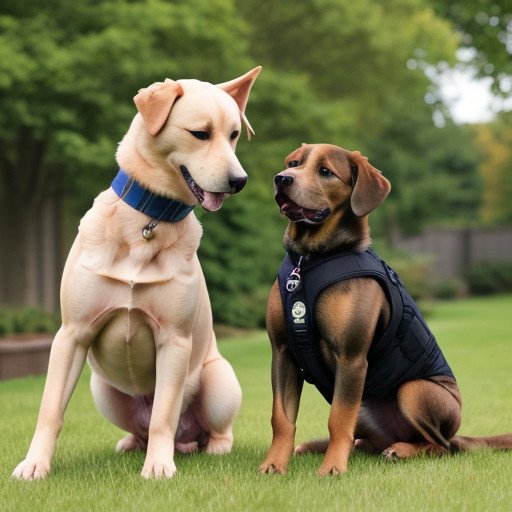
1. Guide Dogs for Visually Impaired People:
Service dogs like Labrador Retrievers and Golden Retrievers have transformed the lives of visually impaired individuals, giving them new independence and confidence to navigate the world safely.
2. Autism Assistance Dogs:
Breeds such as Standard Poodles and Golden Retrievers are trained to assist individuals with autism spectrum disorders, providing companionship, emotional support, and assistance with sensory overload in a variety of environments.
3. PTSD Assistance Dogs:
German Shepherds and Belgian Malinois have shown remarkable success in providing support to individuals suffering from post-traumatic stress disorder (PTSD). These dogs provide comfort, companionship and assistance during anxiety or panic attacks, greatly improving their quality of life.
4. Medical alert dogs:
Some breeds, such as Poodles and Border Collies, are trained to detect changes in the health conditions of their handlers, such as detecting blood sugar fluctuations in diabetics or alerting to an impending seizure, Saving lives in potentially critical situations.
These success stories underscore the immense value of choosing the best dog breeds for service dogs, as their unique abilities and temperaments contribute to life-changing outcomes for individuals with disabilities.
** Conclusion **
Finally, the importance of choosing the best dog breeds for service dogs cannot be underestimated. These incredible animals, from Labrador Retrievers to German Shepherds and beyond, play a vital role in improving the lives of individuals with disabilities.

Through specialized training, certification, and the unique bond between handler and dog, service dogs provide invaluable assistance and companionship. Their intelligence, trainability and temperament make them suitable for a wide variety of tasks, from guiding the visually impaired to providing emotional support to those suffering from PTSD or autism.
Success stories and case studies illustrate the profound impact service dogs can have on their handlers, empowering them to live more independently and confidently. Whether it’s navigating busy streets, reducing anxiety in crowded environments, or detecting medical emergencies, these remarkable animals are always with them, ready to help.
As we continue to recognize the importance of service dogs in society, it is essential to prioritize the selection of breeds known for their suitability and success in service tasks. By doing this, we ensure that more individuals can benefit from the life-changing support provided by these dedicated colleagues.
Additional Resources ;
For those considering the best dog breeds for service dogs, there are several additional resources available to guide your decision and support your journey:
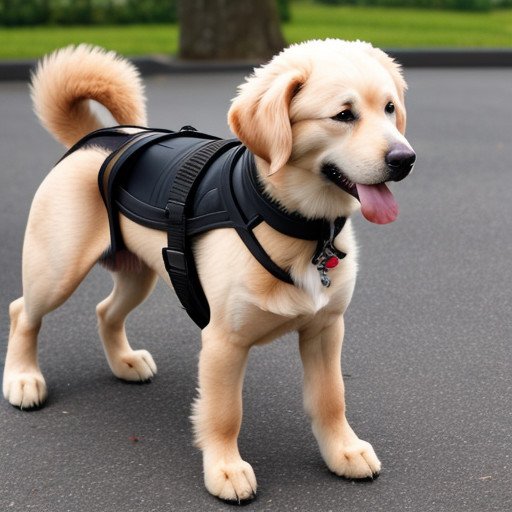
1. Service Dog Organizations:
Reach out to reputable service dog organizations like Assistance Dogs International (ADI) or Canine Companions for Independence for valuable information, training programs, and guidance on selecting the right breed for your needs.
2. Breed-Specific Clubs and Associations:
Find breed-specific clubs and associations dedicated to breeds commonly used as service dogs, such as the Labrador Retriever Club of America or the German Shepherd Dog Club of America. These organizations often provide resources, breed standards, and breeder referrals.
3. Online Forums and Communities:
Join online forums and communities where service dog handlers and enthusiasts share experiences, advice and recommendations for selecting the best breed for service work. Websites like Reddit’s r/ServiceDogs or service dog-specific forums provide an abundance of knowledge and support.
4. Books and Publications:
Explore books and publications on service dog training, breed characteristics and handler experiences. Titles such as “Training Your Own Service Dog” by Lelah Sullivan and “The Power of Positive Dog Training” by Pat Miller can provide valuable insight and practical guidance.
By using these additional resources, you can make informed decisions and begin a successful journey with the best breed of service dog that fits your needs and lifestyle.
You might be interested in reading this post as well small dog breeds hypoallergenic
“Top Dog Breeds for Service: A Comprehensive Guide” ** Introduction ** Choosing the right service dog is a life-changing decision that goes far beyond simply choosing a pet. Service dogs are specially trained to perform tasks that assist individuals with disabilities, providing both independence and companionship. The best dog breeds for service dogs are selected…
You can read this posthttps://tomeshnews.co.in/fluffy-small-dog-breeds/
What are the best dog breeds for service dogs?

The best dog breeds for service dogs are those known for their intelligence, trainability, and temperament. Common breeds include Labrador Retrievers, Golden Retrievers, German Shepherds, and Standard Poodles.
How do I choose the right service dog breed for me?

Consider factors such as the tasks you need assistance with, your lifestyle, and the breed’s size, energy level, and temperament. Research breeds thoroughly and consult with service dog organizations or breed-specific clubs for guidance.
Can any dog be trained as a service dog?
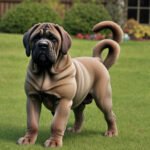
While any dog has the potential to become a service dog, certain breeds are better suited for service work due to their characteristics and abilities. Breeds like Labrador Retrievers and Golden Retrievers are commonly chosen for their suitability and success in service roles.
How long does it take to train a service dog?

Training time can vary depending on the dog’s breed, temperament, and the tasks it needs to learn. On average, service dog training can take anywhere from several months to over a year to complete.
Can I train my own service dog?
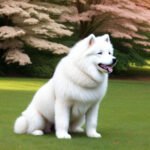
Yes, it is possible to train your own service dog, but it requires dedication, patience, and knowledge of training techniques. Many individuals choose to work with professional trainers or service dog organizations to ensure proper training and certification.
